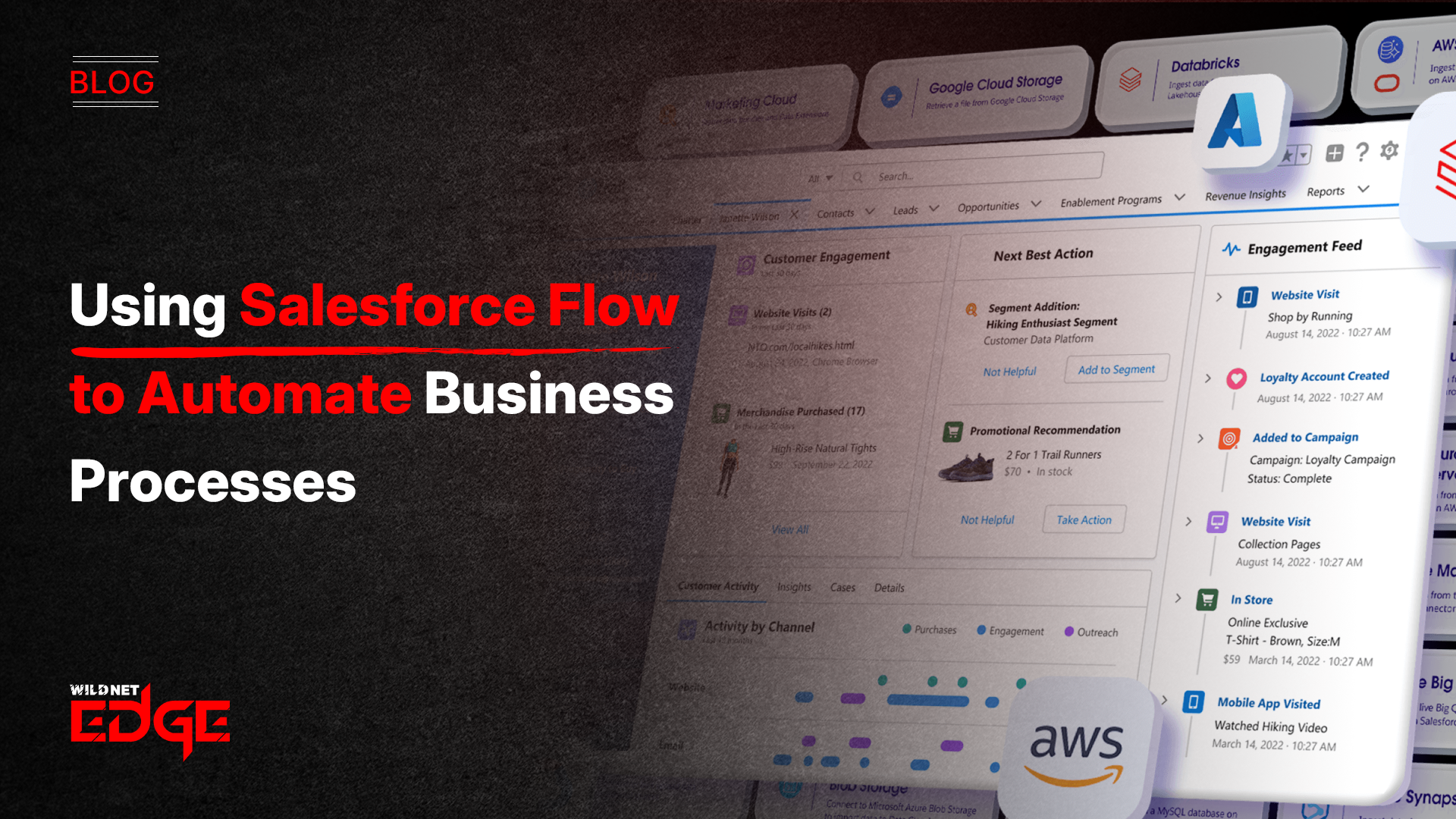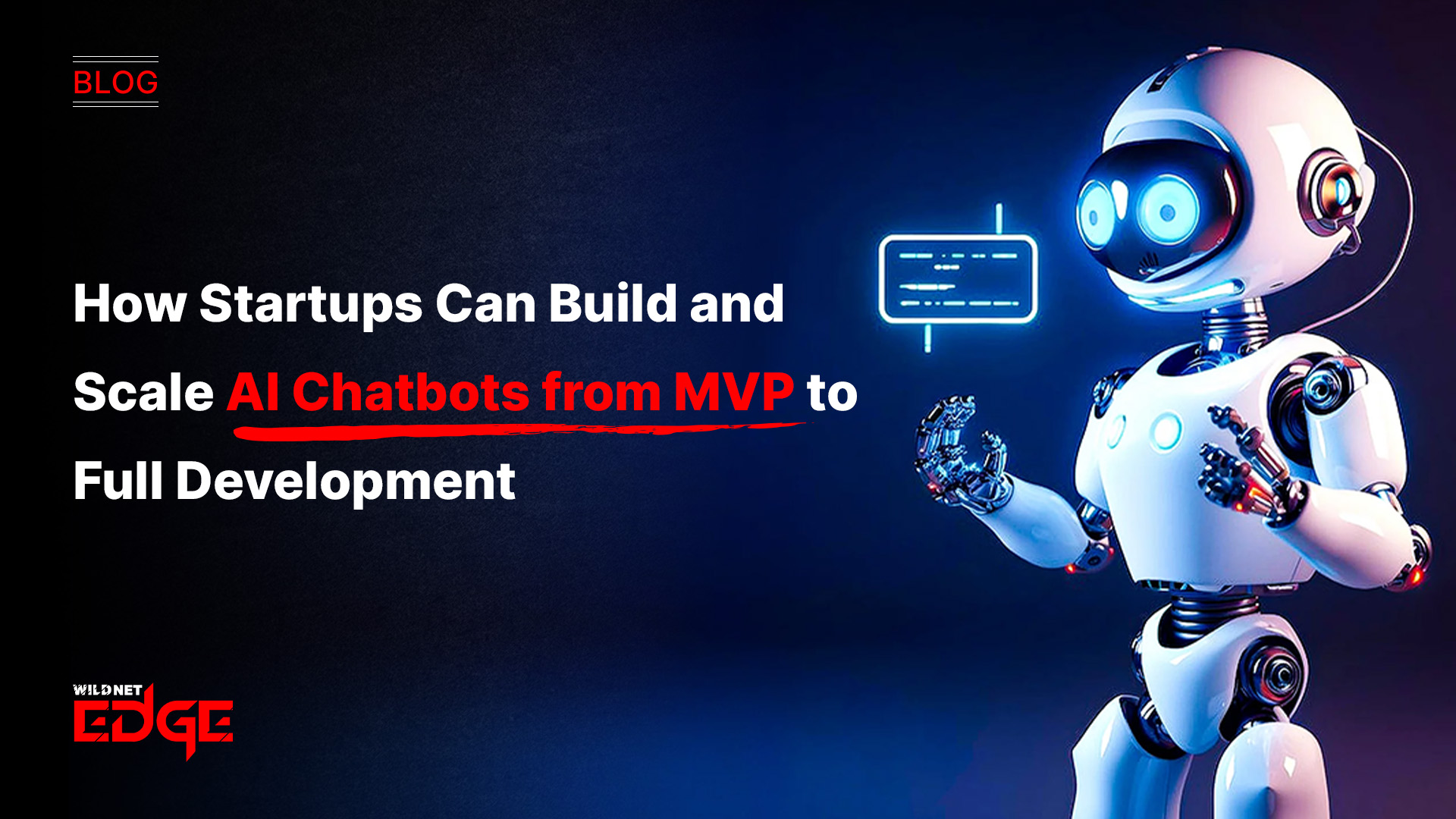TL;DR
This article explores how DevOps and microservices work hand in hand to drive agility and scalability. While microservices enable independent scaling and faster innovation, they also bring operational complexity. Implementing DevOps microservices strategies such as CI/CD pipelines, container orchestration, and infrastructure automation—helps manage this complexity effectively. Together, DevOps and microservices foster faster deployments, improved fault isolation, and greater scalability. The article emphasizes that for organizations adopting microservices, a strong DevOps culture isn’t just advantageous it’s essential to achieving operational efficiency, resilience, and continuous improvement in today’s dynamic software landscape.
Modern software development demands speed, scalability, and resilience goals that are increasingly difficult to achieve with traditional monolithic architectures. As a result, many organisations are shifting toward microservices, a more flexible and modular approach that allows teams to build, deploy, and scale components independently. However, this distributed model brings complexities, from managing numerous services to ensuring seamless communication and reliability. This is where DevOps plays a pivotal role. By integrating automation, continuous delivery, and collaboration, DevOps provides the foundation that empowers microservices to function efficiently, making the DevOps–microservices synergy essential for modern software success.
What are Microservices?
Microservices structure an application as a collection of small, independent, and loosely coupled services. Each service focuses on a specific business capability, runs in its own process, and communicates with other services over a network, typically using lightweight APIs (like REST). Unlike a monolith, where everything is deployed as a single unit, microservices can be developed, deployed, and scaled independently. This modularity is the core appeal, offering greater flexibility and faster development cycles for individual components.
The Operational Challenges of Microservices
While offering significant advantages, a microservices architecture introduces new complexities compared to a monolith:
- Deployment Complexity: Deploying updates requires coordinating changes across potentially many services without causing downtime. Manual deployments become incredibly risky and slow.
- Monitoring & Debugging: Tracking a request as it flows through multiple services and pinpointing the root cause of an issue is much harder in a distributed system.
- Infrastructure Management: Each service might require its own database, cache, or other infrastructure resources, leading to increased management overhead.
- Testing: Ensuring that changes to one service don’t negatively impact others requires comprehensive integration and end-to-end testing strategies.
Attempting to manage a microservices architecture with traditional, manual operations processes is a recipe for chaos and failure.
How DevOps Tames Microservices Complexity
DevOps provides the automation, collaboration, and cultural shifts necessary to effectively manage a microservices environment. A mature DevOps practice turns the potential complexity of microservices into a manageable and powerful advantage. Engaging expert DevOps Services is often the fastest way to implement these solutions.
Automated CI/CD Pipelines for Each Service
Each microservice should have a dedicated Continuous Integration/Continuous Delivery pipeline. This pipeline automates the process of building, testing, and deploying updates independently for that specific service. Robust CI/CD for microservices allows teams to release updates frequently and reliably without impacting other system parts. This level of granular control is achieved through effective DevOps Automation.
Infrastructure as Code for Consistency
Managing the infrastructure for numerous services manually is impossible. IaC tools allow you to define and provision the required infrastructure (servers, databases, load balancers) for each microservice using code. This ensures consistency across environments (development, staging, production) and makes it easy to replicate or scale infrastructure automatically. Reliable infrastructure is foundational, often provided through specialized Cloud Infrastructure Services.
Comprehensive Monitoring and Observability
DevOps emphasizes implementing comprehensive monitoring, logging, and tracing across all microservices. Centralized logging platforms (like ELK Stack or Splunk) and distributed tracing tools (like Jaeger or Zipkin) allow you to track requests as they hop between services and quickly diagnose issues.
Culture of Collaboration and Ownership
DevOps promotes a culture where small, cross-functional teams own specific microservices end-to-end from development through to production support. This sense of ownership encourages teams to build more reliable and observable services from the start and enables faster troubleshooting when problems arise.
The Synergy: Why DevOps and Microservices are Better Together
| Feature | Microservices without DevOps | Microservices WITH DevOps |
| Deployment | Slow, manual, risky | Fast, automated, reliable |
| Scaling | Manual, inefficient | Automated, granular, efficient |
| Monitoring | Fragmented, difficult | Centralized, observable |
| Issue Resolution | Slow, finger-pointing | Fast, collaborative |
| Infrastructure | Inconsistent, manual | Consistent, automated (IaC) |
Case Studies
Case Study 1: An eCommerce Platform’s Scalability Transformation
- The Challenge: A large online retailer’s monolithic platform struggled to handle peak holiday traffic. Deploying even small updates required a full system release, which was slow and risky.
- Our Solution: We guided their transition to a DevOps microservices architecture. We helped them break down the monolith into key services with its own automated CI/CD pipeline and auto-scaling infrastructure defined using IaC.
- The Result: The platform efficiently handled a 5x increase in traffic during the following peak season. Teams could deploy updates to individual services multiple times a day without impacting others, dramatically increasing their release velocity and ability to innovate. This flexibility is also key for modern platforms offered by a SaaS Development Services provider.
Case Study 2: A FinTech Company’s Agility Boost
- The Challenge: A financial technology company needed to accelerate feature development for its complex trading platform to meet market demands. Their monolithic architecture made changes slow and challenging to test safely.
- Our Solution: We assisted them in adopting a microservices approach and a robust DevOps culture. We implemented comprehensive automated testing within the CI/CD for microservices pipelines and established strong monitoring practices using Datadog.
- The Result: Development teams gained the autonomy to release updates to their specific services independently and safely. Lead time for new features decreased by 60%, allowing the company to respond much faster to market opportunities.
Our Technology Stack for DevOps and Microservices
We leverage industry-leading tools for building and managing distributed systems.
- Containerization & Orchestration: Docker, Kubernetes (EKS, AKS, GKE)
- CI/CD Tools: Jenkins, GitLab CI, CircleCI, Azure DevOps, Argo CD
- Infrastructure as Code: Terraform, Pulumi, AWS CloudFormation, Azure ARM
- Monitoring & Observability: Prometheus, Grafana, Datadog, ELK Stack, Jaeger
- API Gateways: Kong, AWS API Gateway, Azure API Management
Conclusion
Microservices offer incredible potential for building flexible, scalable, and resilient applications, but they require a mature operational approach to be successful. DevOps microservices practices particularly automation through CI/CD for microservices and IaC, provide the essential toolkit and cultural foundation needed to manage this complexity effectively. Adopting DevOps is not just beneficial when using microservices; it is fundamentally required to unlock their true potential.
Ready to harness the power of microservices without the operational headache? At Wildnet Edge, our AI-first approach enhances our DevOps capabilities. We build intelligent, self-healing systems and provide predictive insights to ensure your Software Development Solutions are both agile and robust.
FAQs
Often, the biggest challenge is organizational and cultural. It requires shifting from large, siloed teams to smaller, cross-functional teams with end-to-end ownership. Implementing the necessary automation (CI/CD, IaC) also requires significant upfront investment and expertise.
DevOps helps manage dependencies through automated testing (especially contract testing and integration testing within the CI/CD pipeline) and clear API versioning strategies. Service discovery tools and service meshes managed within the DevOps workflow also help manage inter-service communication reliably.
While containers (managed by Kubernetes) are the standard and most efficient way to achieve CI/CD for microservices scalability and consistency, it’s technically possible to build pipelines that deploy to virtual machines or serverless functions. However, containers generally offer the best balance of isolation, portability, and resource efficiency.
Monitoring becomes much more complex because you need visibility across services, not just within one application. This requires implementing distributed tracing (to follow requests across service boundaries) and centralized logging and metrics aggregation. Observability becomes key.
It is possible, but highly inadvisable and likely to fail. Trying to manage dozens or hundreds of independently deployable services using manual processes, poor communication, and siloed teams quickly becomes unmanageable, negating the very benefits (like speed and agility) that microservices aim to provide.
IaC allows you to define the specific infrastructure requirements e.g., database type, cache size, network rules for each individual microservice in code. This ensures that every time a service is deployed (even scaled up automatically), it gets the exact, consistent infrastructure it needs, preventing configuration drift and errors.
A service mesh is an infrastructure layer that handles inter-service communication in a microservices architecture. It provides features like load balancing, service discovery, encryption, and observability in a standardised way, managed often through DevOps practices.

Nitin Agarwal is a veteran in custom software development. He is fascinated by how software can turn ideas into real-world solutions. With extensive experience designing scalable and efficient systems, he focuses on creating software that delivers tangible results. Nitin enjoys exploring emerging technologies, taking on challenging projects, and mentoring teams to bring ideas to life. He believes that good software is not just about code; it’s about understanding problems and creating value for users. For him, great software combines thoughtful design, clever engineering, and a clear understanding of the problems it’s meant to solve.
 sales@wildnetedge.com
sales@wildnetedge.com +1 (212) 901 8616
+1 (212) 901 8616 +1 (437) 225-7733
+1 (437) 225-7733































